Gemma J. Anderson
Lawrence Livermore National Laboratory, Livermore, CA
Transfer learning suppresses simulation bias in predictive models built from sparse, multi-modal data
Apr 19, 2021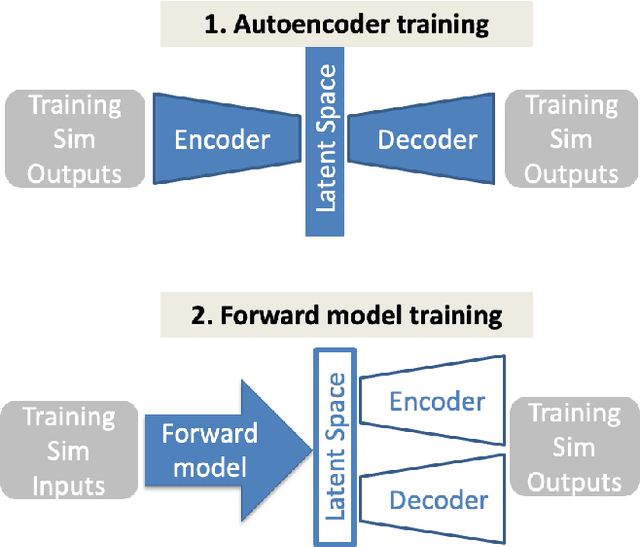
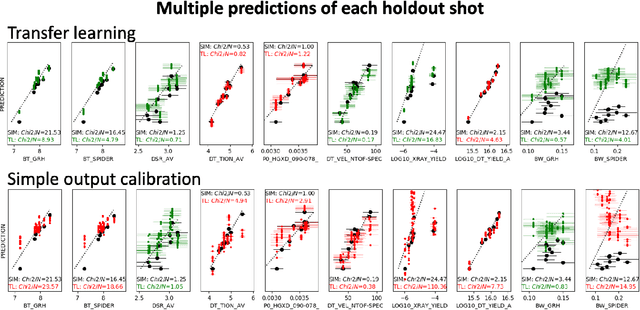
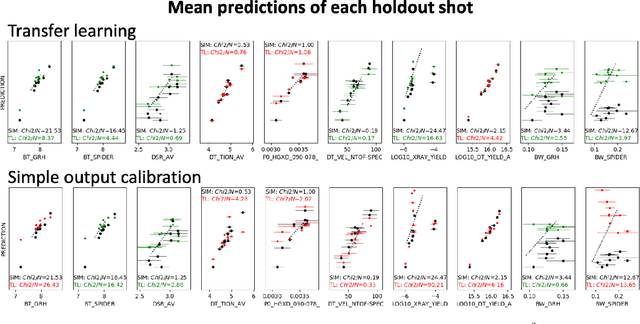
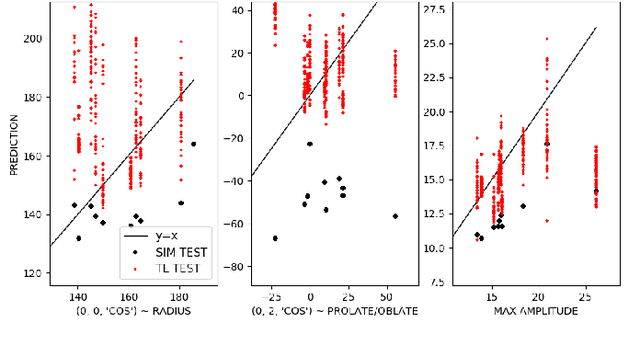
Abstract:Many problems in science, engineering, and business require making predictions based on very few observations. To build a robust predictive model, these sparse data may need to be augmented with simulated data, especially when the design space is multidimensional. Simulations, however, often suffer from an inherent bias. Estimation of this bias may be poorly constrained not only because of data sparsity, but also because traditional predictive models fit only one type of observations, such as scalars or images, instead of all available data modalities, which might have been acquired and simulated at great cost. We combine recent developments in deep learning to build more robust predictive models from multimodal data with a recent, novel technique to suppress the bias, and extend it to take into account multiple data modalities. First, an initial, simulation-trained, neural network surrogate model learns important correlations between different data modalities and between simulation inputs and outputs. Then, the model is partially retrained, or transfer learned, to fit the observations. Using fewer than 10 inertial confinement fusion experiments for retraining, we demonstrate that this technique systematically improves simulation predictions while a simple output calibration makes predictions worse. We also offer extensive cross-validation with real and synthetic data to support our findings. The transfer learning method can be applied to other problems that require transferring knowledge from simulations to the domain of real observations. This paper opens up the path to model calibration using multiple data types, which have traditionally been ignored in predictive models.
Improving seasonal forecast using probabilistic deep learning
Oct 27, 2020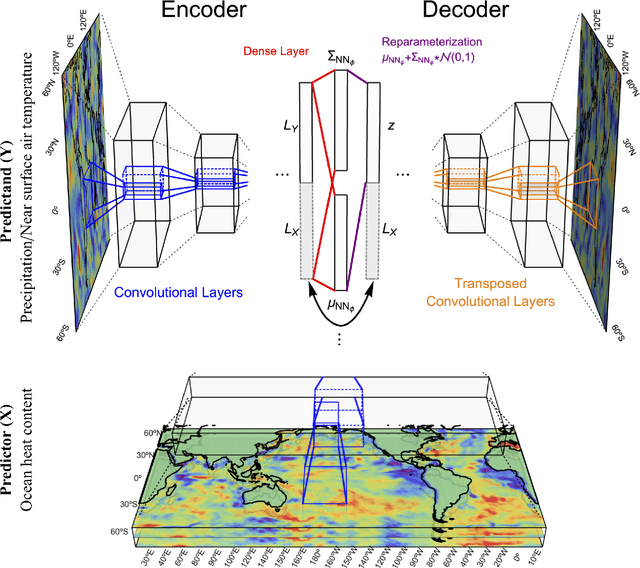
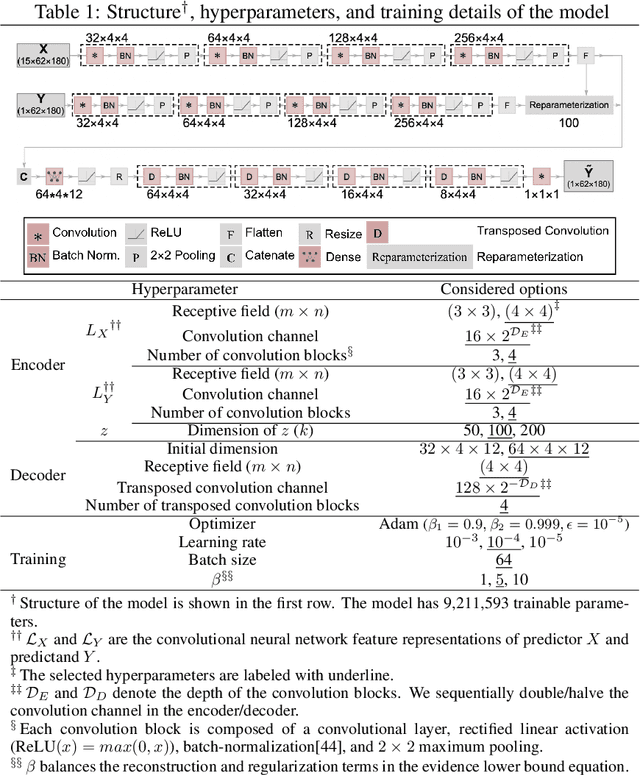
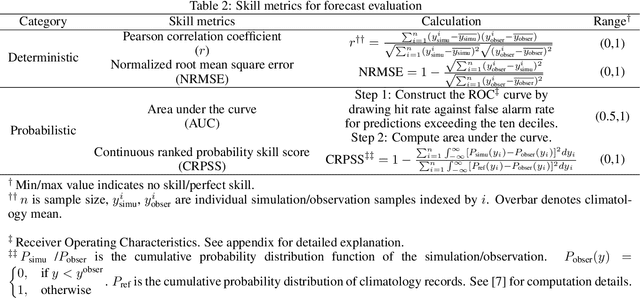
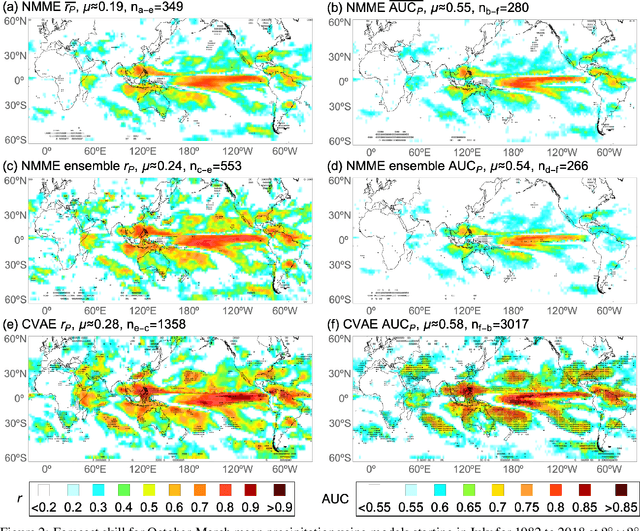
Abstract:The path toward realizing the potential of seasonal forecasting and its socioeconomic benefits depends heavily on improving general circulation model based dynamical forecasting systems. To improve dynamical seasonal forecast, it is crucial to set up forecast benchmarks, and clarify forecast limitations posed by model initialization errors, formulation deficiencies, and internal climate variability. With huge cost in generating large forecast ensembles, and limited observations for forecast verification, the seasonal forecast benchmarking and diagnosing task proves challenging. In this study, we develop a probabilistic deep neural network model, drawing on a wealth of existing climate simulations to enhance seasonal forecast capability and forecast diagnosis. By leveraging complex physical relationships encoded in climate simulations, our probabilistic forecast model demonstrates favorable deterministic and probabilistic skill compared to state-of-the-art dynamical forecast systems in quasi-global seasonal forecast of precipitation and near-surface temperature. We apply this probabilistic forecast methodology to quantify the impacts of initialization errors and model formulation deficiencies in a dynamical seasonal forecasting system. We introduce the saliency analysis approach to efficiently identify the key predictors that influence seasonal variability. Furthermore, by explicitly modeling uncertainty using variational Bayes, we give a more definitive answer to how the El Nino/Southern Oscillation, the dominant mode of seasonal variability, modulates global seasonal predictability.
Meaningful uncertainties from deep neural network surrogates of large-scale numerical simulations
Oct 26, 2020
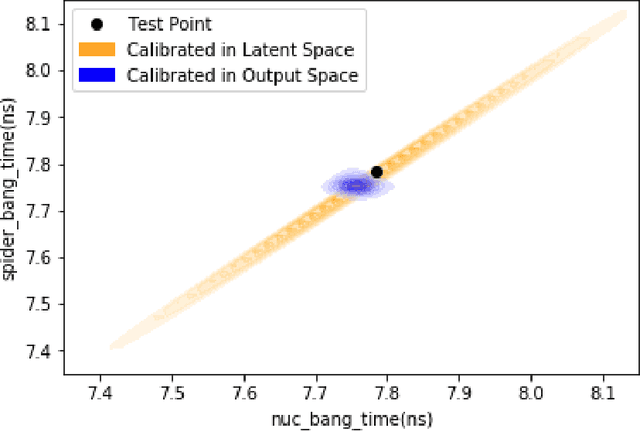
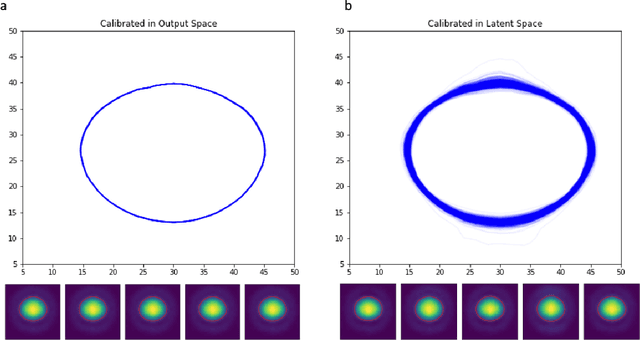
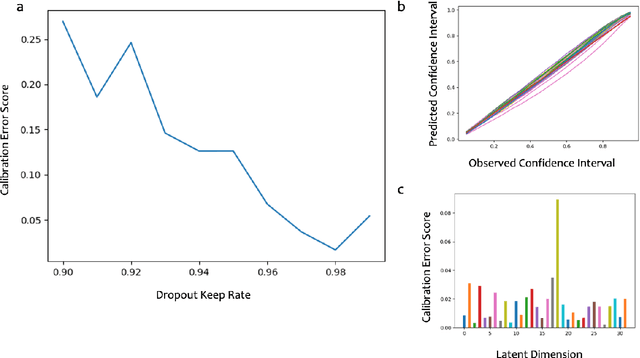
Abstract:Large-scale numerical simulations are used across many scientific disciplines to facilitate experimental development and provide insights into underlying physical processes, but they come with a significant computational cost. Deep neural networks (DNNs) can serve as highly-accurate surrogate models, with the capacity to handle diverse datatypes, offering tremendous speed-ups for prediction and many other downstream tasks. An important use-case for these surrogates is the comparison between simulations and experiments; prediction uncertainty estimates are crucial for making such comparisons meaningful, yet standard DNNs do not provide them. In this work we define the fundamental requirements for a DNN to be useful for scientific applications, and demonstrate a general variational inference approach to equip predictions of scalar and image data from a DNN surrogate model trained on inertial confinement fusion simulations with calibrated Bayesian uncertainties. Critically, these uncertainties are interpretable, meaningful and preserve physics-correlations in the predicted quantities.
 Add to Chrome
Add to Chrome Add to Firefox
Add to Firefox Add to Edge
Add to Edge